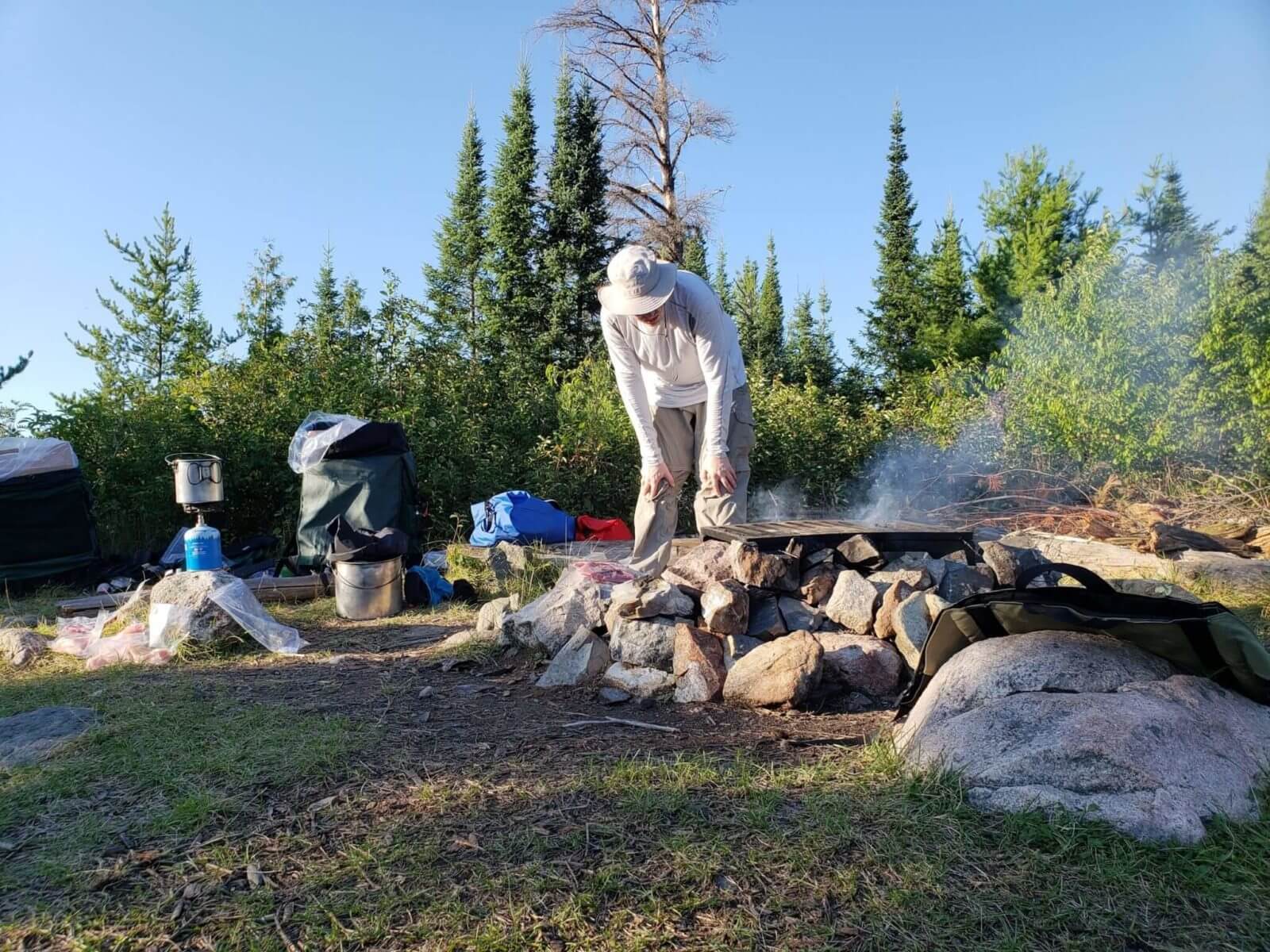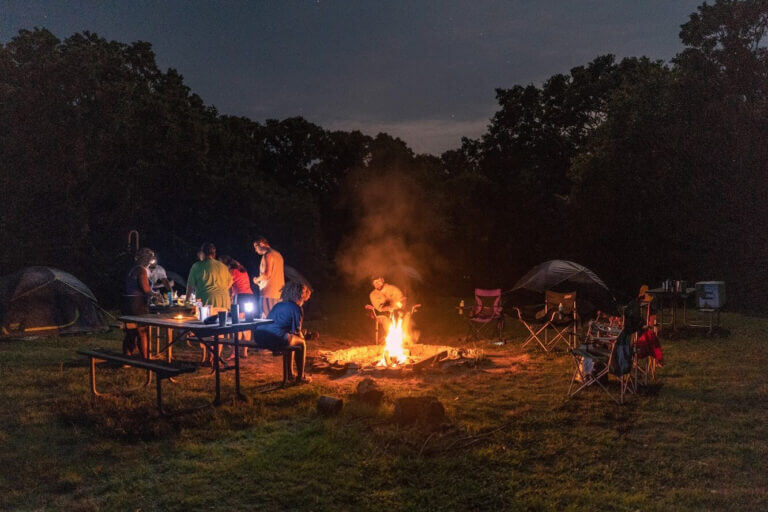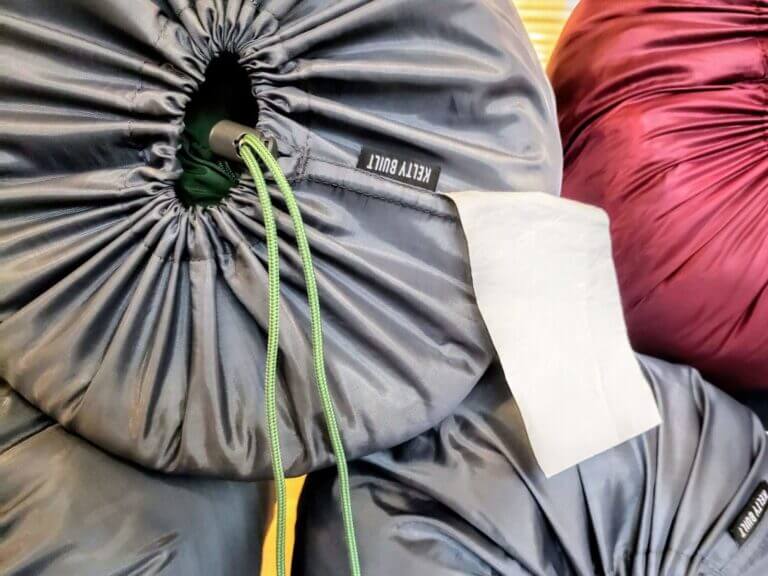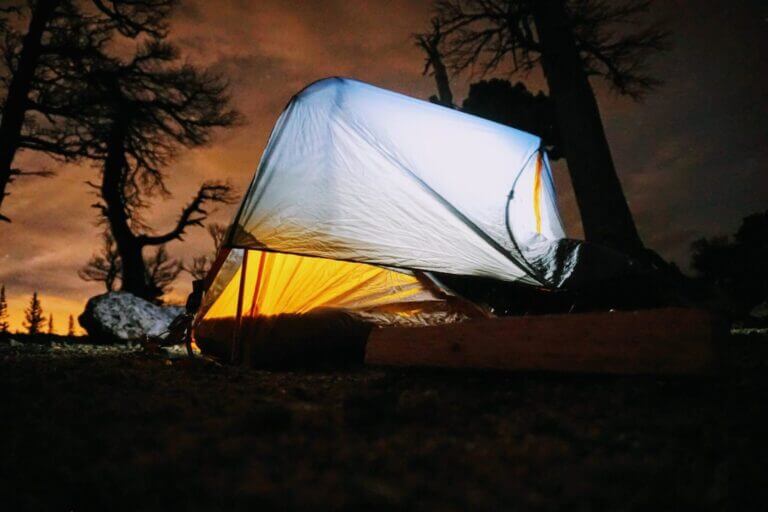Leave no trace, what it is and why it’s important
If you’ve ever been on an organized backpacking trip, you’ve probably heard the term ‘leave no trace’. And, while it’s a catchy phrase, it’s not often a concept that’s wholly defined when people mention it. The concept was coined by the US Forest Service as ‘no trace ethics’ or ‘no trace guidelines’ back in the 80s, and is still as important today as it was then.
What’s the point of leave no trace guidelines?
Humans are big animals. Sometimes we unknowingly (or knowingly) impact the natural environment with sound, touch, or waste. Afterall, how many times have you heard a group of hikers coming before you’ve seen them, or seen an energy bar wrapper or dog bag on the trail with it’s owner nowhere to be found? The amount of impact we have on our environment is huge, and leave no trace was a concept developed to help decrease the impact of humans on the wilderness.
Important places to practice leave no trace ethics
While we’d hope that everyone would be lookin’ out for mother nature on the regular, there are a few places where a single person can have a bigger-than-normal impact on the environment. Specifically when hiking, trekking, camping, and backpacking — these are times when leave no trace is extra important.
Convinced? Here’s our take on the 7 principles of leave no trace
(Adapted from the USDA)
1: Before you go, plan ahead to reduce impact
- In many wilderness areas there are special regulations or environmental sensitivities. Know the regulations before heading out. Extreme weather and emergencies can happen at any time and with little notice. Have a plan for how you’ll deal with inclement weather and emergencies.
- Try to avoid busy times on your favorite trail or at your next adventure destination. You’ll get to have the area to yourself and nature will more easily recover from the impact of one visitor vs a group.
- That said, if you plan to visit with a group, split the group into smaller groups whenever possible.
- If you’re bringing food with you, remove extra packaging, or re-package food (and other equipment) to avoid carrying extra waste.
- If it’s a matter of survival, marking nature might be the only way to find your way home, however bringing a map, compass, and/or GPS is the best way to have as little impact on the wilderness as possible.
2: Travel and camp solid on durable surfaces
- We’ve all been there. You’re excited to be outside for the first time in a while, and you want to blaze your own path through the wilderness. Not traveling on designated or durable surfaces can definitely leave a trace. When hiking and camping, stick to designated areas, and if there aren’t any (or you want to get that awesome Insta photo), stick to rock, gravel, dry grasses, and snow.
- Protect waterways by camping (and disposing waste) at least 200 feet from lakes, streams, rivers, etc.
- Unless absolutely necessary (this is so rare, it’s unlikely to happen to most people), camp in an existing campsite. Creating a new campsite has a large impact on the wilderness.
- When setting up camp, take care to setup in areas not inhabited by vegetation if at all possible.
3: Practice good waste management
- Whatever you bring into the wilderness you should take out. That includes wrappers, spilled food, other litter, etc.
- If you’ve gotta go #2 on the trail or at camp (and there’s not an outhouse nearby), dig a 6-8 inch hole at least 200 feet from civilization (water, camp, trails), do your business, and cover it up to the top (nobody wants to step in that). Oh, and your toilet paper? Take it with you.
- If you’re gonna take a bath or give your dishes a scrub, you’ve gotta do that 200 feet (sensing a theme?) from nearby water as well.
- If you are doing dishes, first strain the big stuff from the dish water and pack it out, then dispose of the dishwater.
4: Don’t take stuff or leave stuff
- Nuff said. Don’t take pieces of nature (yea, that includes that super cool rock), don’t build stuff and leave it (fire pits or trenches), and try to enter the wilderness with clean gear so you’re not bringing non-native or invasive species along with you.
5: Everyone loves a campfire, but minimize the impact
- Use a stove and fuel for cooking, and lanterns for light. No need to build a campfire for those purposes.
- Only use established areas for campfires, and don’t start a fire if it’s not allowed.
- Keep fires small and burn them to ash.
- When the ashes have cooled, scatter the ashes.
6: R-E-S-P-E-C-T wildlife
- Don’t get too close to wildlife, unless of-course, it’s with a good zoom lens.
- Don’t feed animals.
- Store food in a bear box, suspended from a tree, or in some other secure way.
- Keep an eye on your pet(s), and make sure they’re not creating additional impact on the environment. And, keep track of them to make sure the wilderness isn’t impacting them (allergens, bugs, larger predatory animals).
- Don’t interact with wildlife during intimate moments (i.e. mating, nesting, raising young, or winter).
7: Be cool to other humans
- This is a life lesson and the last of the 7 leave no trace principles. Respect others, be courteous, let others pass, step to the downhill side of the trail if a pack animal is headed in your direction, and remember that nature noises should always be louder than human noises.
Thanks for honoring an age-old tradition of respecting nature. And, have fun out there!







